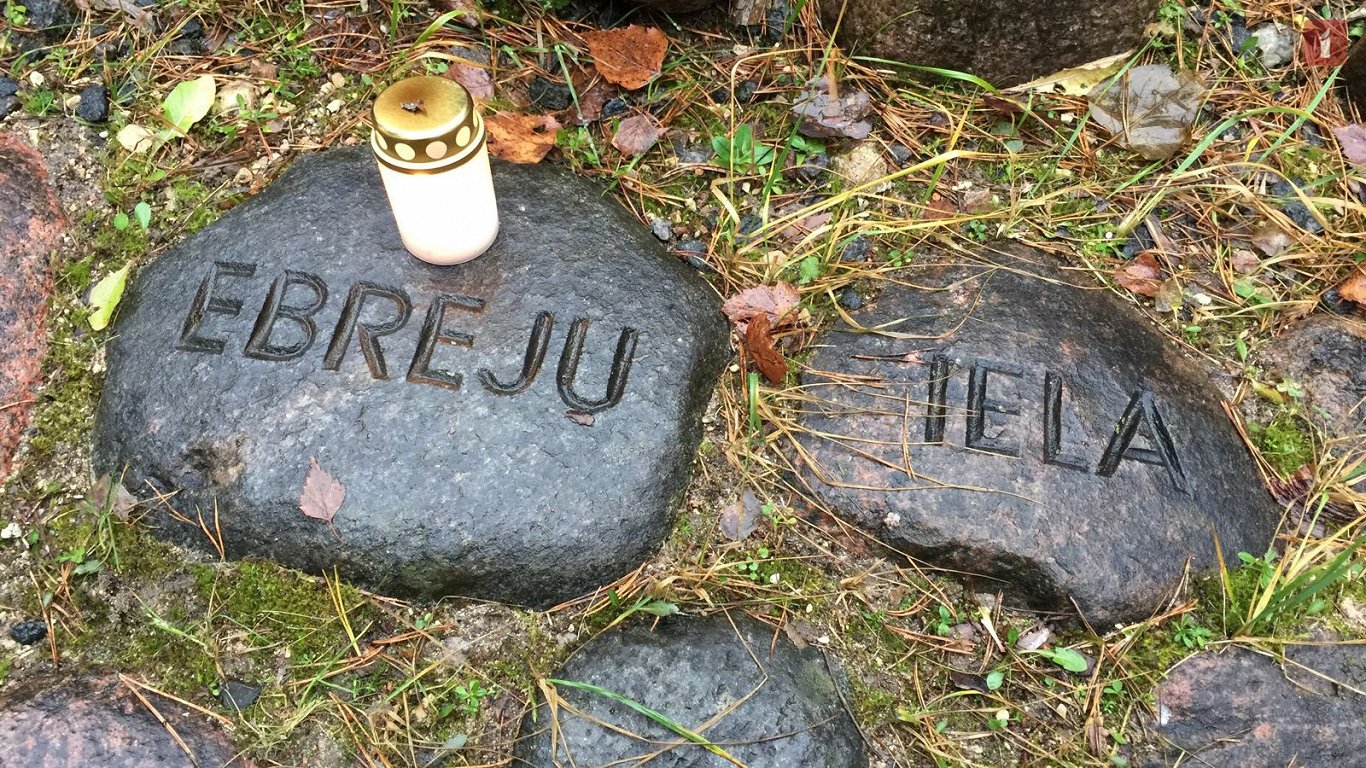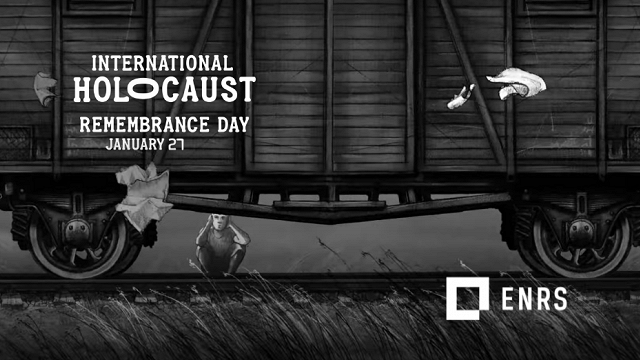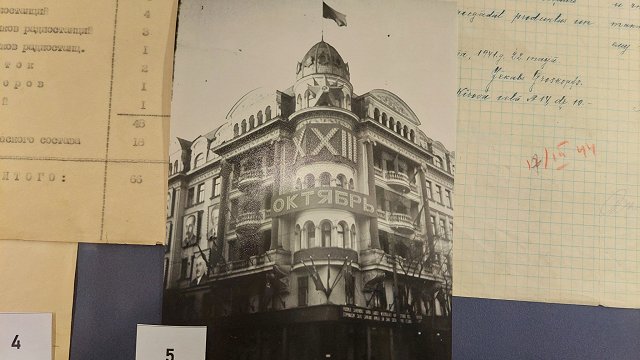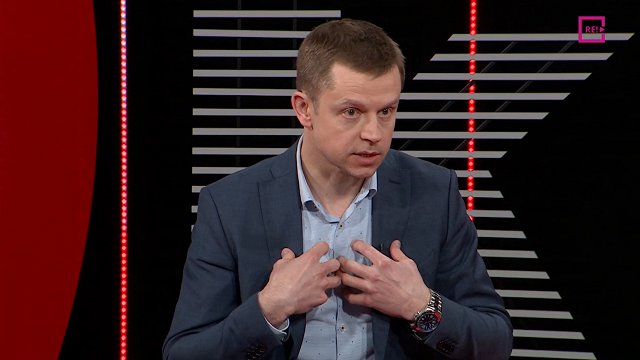The day is chosen as on 4 July 1941 in Gogola Street, Rīga, one of the worst but by no means only anti-Semitic atrocities of the Second World War was perpetrated when the Choral Synagogue was burned to the ground with people locked inside. This day is marked as an official commemoration day in the calendar of Latvia's National Holidays and Remembrance Days. Since October 1990 Latvia has held an official commemoration event.
Many prominent figures took the opportunity to mark the day on social media, including Rīga mayor Nils Ušakovs, Foreign Minister Edgars Rinķēvičs and President Raimonds Vējonis.
An account of how the extermination of the great majority of Latvian Jews was carried out is available online from the Ministry of Foreign Affairs.
We also strongly recommend the virtual exhibition of the Museum of the Occupation of Latvia which provides a detailed and thought-provoking explanation of what happened in those darkest of days.
Holokausta upuru oficiālā piemiņas ceremonija Rīgā pic.twitter.com/vLMfwpn3GR
— Tzevy Mirkin (@veryredcloud) July 4, 2018
According to the museum, "at the end of the 1930s there were approximately 93,000 Jews living in Latvia. 43,000 of them lived in Riga. By the end of World War II fewer than 1500 Latvian Jews had survived, among them 400 hidden by their fellow citizens. In the Nazi-occupied territory of Latvia an additional 20,000 Jews, deported from Germany, Austria and Czechoslovakia, some 3000 from Lithuania and Poland and several thousand from Hungary also perished."
The July 4 date was also marked by the Janis Lipke Memorial, an award-winning museum in Rīga dedicated to the memory of dock worker Jānis Lipke, who hid Jews from the occupying Nazi forces at great personal risk and is credited with saving many lives.
Today, in Latvia we commemorate the victims of Holocaust. We shall never forget and never tolerate the evil of hate and xenophobia
— Valsts prezidents (@Rigas_pils) July 4, 2018
Šodien mēs pieminam ne tikai holokausta upurus, bet arī tos cilvēkus, kas ar pašaizliedzīgu rīcību viņus glāba un deva patvērumu no vajātājiem. Сегодня мы поминаем не только жертв Холокоста, но также и тех людей, которые самоотверженно, спасали и укрывали их от преследователей. pic.twitter.com/TZEJjAmNaF
— Nils Ušakovs • Нил Ушаков (@nilsusakovs) July 4, 2018
Today Latvia mourns thousands and thousands of Jews that have been murdered by Nazis and their collaborators in 1941, hate speech and totalitarian ideologies form the basis for such horrific crimes, this is why we must continuously remind of #Holocaust atrocities #NeverAgain
— Edgars Rinkēvičs (@edgarsrinkevics) July 4, 2018
July 4 also saw the unveiling of a new Holocaust memorial dedicated to Hungarian victims.
The Embassy of Hungary in Latvia in 2015, launched research to get more detailed information about the fates of the Hungarian Jewish women deported to Latvia via Auschwitz in 1944. Their attention was drawn to the hidden history of the deported Hungarian Jewish women by historian Dr. Marģers Vestermanis, who has personal memories of the events from that time.
As one of the evidences of their deportation to Latvia was a fragment of Hungarian text
found after the Nazis left on the wall of the barrack in Kaiserwald, Riga:
" (...) here we are again, but no one knows when and where we are going from here, probably it is even better not to know it. If anyone ever meets our parents, relatives, he or she should tell them that we were
thinking of them a lot, especially on our parents who were all the time in our minds. All the best, August 1944”.
In the summer of 1944, approximately 4000-5000 Hungarian Jewish women from North-East Hungary were deported via Auschwitz to Riga-Kaiserwald and then transported to work camps in Latvia (Spilve, Riga, Popervale, Dundaga and around Riga). Many lost their lives, and those who survived (around a thousand) were transported back to the German Reich territory, mostly to Stutthof concentration camp.
The government of Hungary has erected a monument to pay tribute to those women. Based on the plasterwork of a Latvian witness and later sculptor Valda Maleja, the sculpture composition depicting the Jewish women was made by the artist Sandis Aispurs and the stonemason company Akmens Apstrādes Centrs AKM.
The monument was opened July 4 and donated to the Rīga municipality.
Atklāts piemineklis no Ungārijas deportētajām ebreju sievietēm. pic.twitter.com/zbJgHwW5PR
— Kaspars Zellis (@kasparszellis) July 4, 2018



































